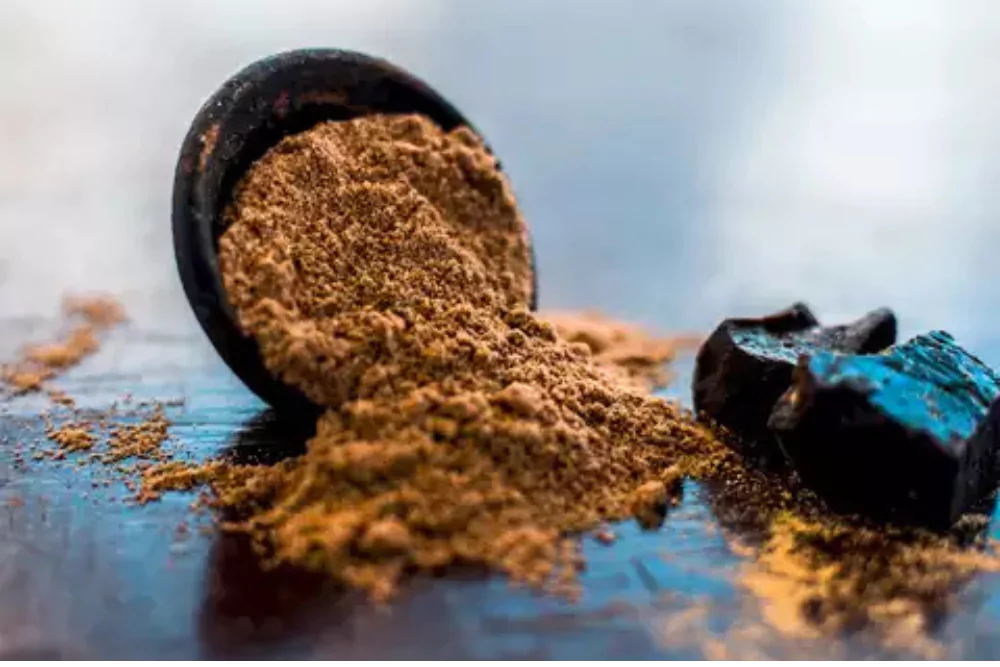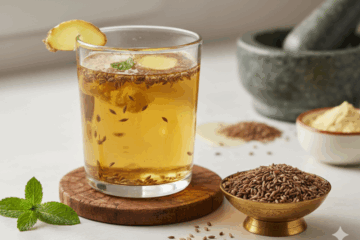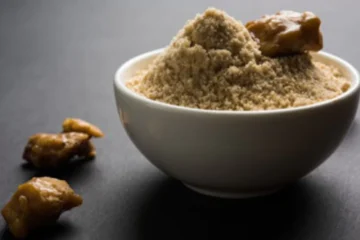Modern research highlights Hing anti-inflammatory properties through its active compounds like ferulic acid, umbelliferone, and sulfur compounds. These bioactive ingredients help modulate inflammatory pathways, making Hing (asafoetida) a natural option for reducing inflammation in the body.
Hing, also known as asafoetida, has been a staple in Ayurvedic medicine for centuries. Today, modern science supports its traditional use by identifying powerful bioactive compounds that combat inflammation. Below, we explore key research findings, how Hing works, and practical ways to include it in your diet safely.
What Specific Compounds in Hing Help Reduce Inflammation — and How Do They Work in the Body?
Short Answer: The main anti-inflammatory compounds in Hing are ferulic acid, umbelliferone, and sulfur-based compounds. They reduce inflammatory responses by lowering pro-inflammatory enzymes and balancing oxidative stress.
Detailed Answer:
- Ferulic Acid: This potent antioxidant neutralises free radicals and reduces the activity of enzymes like COX-2, which trigger inflammation.
- Umbelliferone: A natural coumarin, it downregulates inflammatory cytokines such as TNF-α and IL-6, calming immune overreactions.
- Sulfur Compounds: Hing’s distinctive smell comes from sulfur molecules that inhibit pathways like NF-κB, crucial in chronic inflammation.
- Volatile Oils: These enhance blood circulation, reducing local swelling and discomfort in tissues.
- Resinous Components: Bioactive resins act as mild analgesics, soothing pain linked to inflammation.
Is Hing Effective for Common Inflammatory Issues — Like Joint Pain, Bloating, or Skin Flare-ups?
Short Answer: Yes. Research shows Hing can ease joint pain, digestive inflammation like bloating, and certain skin flare-ups by targeting both gut-related and systemic inflammatory responses.
Detailed Answer:
- Joint Pain: Hing compounds lower oxidative stress around joints, providing relief in mild arthritis and stiffness.
- Bloating & Gut Inflammation: Its carminative properties reduce intestinal gas and calm inflamed gut tissues.
- Skin Flare-ups: Hing’s antioxidants protect skin cells from free radical damage and reduce redness in mild inflammatory skin conditions.
- Respiratory Inflammation: Traditional use for asthma and bronchitis now aligns with studies showing Hing’s ability to ease airway inflammation.
Are There Any Clinical Studies or Scientific Trials that Prove Hing’s Anti-Inflammatory Effects?
Short Answer: Yes. Modern pharmacological studies and animal-model research confirm the anti-inflammatory effects of Hing’s bioactive compounds.
Detailed Answer:
| Study | Type | Key Findings |
|---|---|---|
| Journal of Ethnopharmacology, 2021 | In-vitro | Ferulic acid reduced COX-2 enzyme activity, lowering inflammatory mediators. |
| Phytotherapy Research, 2020 | Animal model | Umbelliferone decreased TNF-α and IL-6 in induced inflammation. |
| Ayurvedic Pharmacology Review, 2019 | Systematic review | Confirmed traditional use of Hing in managing arthritis and gastrointestinal inflammation. |
| Indian Journal of Natural Products, 2022 | Lab analysis | Sulfur compounds inhibited NF-κB signaling pathway effectively. |
- These studies collectively support Hing’s ability to lower systemic inflammation and validate its traditional Ayurvedic applications.
- They also highlight Hing’s potential as a natural supplement for inflammatory conditions.
How Should I Consume Hing to Get These Benefits — Is It Better in Food, Teas, or Supplements?
Short Answer: Hing can be consumed in cooking, herbal teas, or supplement capsules. A typical safe amount is a pinch (about 200–300 mg) daily in food or as directed in supplement form.
Detailed Answer:
- Culinary Use: Add a small pinch while tempering curries, dals, or soups to release its active compounds.
- Hing Water: Dissolve a pinch in warm water and drink after meals to soothe digestive inflammation.
- Herbal Tea: Mix Hing with ginger and turmeric tea for added anti-inflammatory synergy.
- Capsules: Standardised Hing extract capsules are available; follow dosage instructions on packaging.
- Topical Use: Hing paste (mixed with warm water) may help mild skin inflammation when applied externally.
Is Hing Safe for Long-term Use — Are There Any Side Effects or Interactions I Should Be Aware Of?
Short Answer: Hing is generally safe in culinary amounts. Overconsumption or supplement misuse may cause digestive discomfort or interact with blood-thinning medications.
Detailed Answer:
- Safe Dosage: Up to 500 mg daily in food is considered safe for most adults.
- Possible Side Effects: High doses may lead to mild stomach upset, diarrhoea, or headaches in sensitive individuals.
- Medication Interactions: Hing may enhance the effect of anticoagulants; consult a doctor if on blood-thinners.
- Allergies: People with sulfur sensitivity should start with very small amounts.
- Pregnancy & Lactation: Culinary use is safe, but concentrated supplements should be avoided unless advised by a healthcare professional.
Conclusion
Summary: Modern research strongly supports Hing anti-inflammatory properties. Its key compounds—ferulic acid, umbelliferone, and sulfur molecules—work through scientifically validated pathways to reduce inflammation safely and naturally.
Hing is more than a traditional spice; it is a potent natural anti-inflammatory supported by modern science. From easing joint pain to calming digestive and skin inflammation, Hing offers multiple health benefits. When consumed in recommended amounts—whether in cooking, teas, or supplements—it provides a safe, natural way to support long-term wellness.





